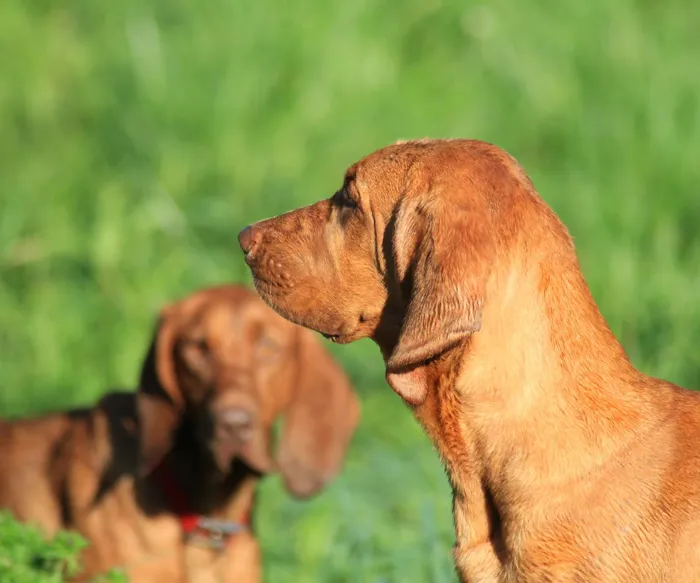Redbone Coonhound

The streamlined Redbone Coonhound, an American original, is even-tempered, mellow, and kindly at home but a tiger on the trail. Vigorous activities like hunting and swimming between long periods of rest is the rhythm of coonhound life.

Ask About Redbone Coonhound ?
Breed Traits
Pet traits are ranked on a scale of 1 to 10 with 1 being the lowest and 10 being the highest.
Group
Hound
About
History
Standard
Nutrition
Grooming
Exercise
Training
Health
General Appearance
Hunted from swamplands to mountains, the Redbone is surefooted and swift, even on the most difficult terrain. Well-balanced, with a flashy red coat and excellent cold nose, the powerfully built Redbone mingles handsome looks with a confident air and fine hunting talents.
Size, Proportion, Substance
Head
Neck, Topline, Body
Forequarters
Hindquarters
Coat
Color
Gait
Temperament
Available Puppies
All pets have found there homes! Sign up to be notified when new pets are added so you don't miss out.


